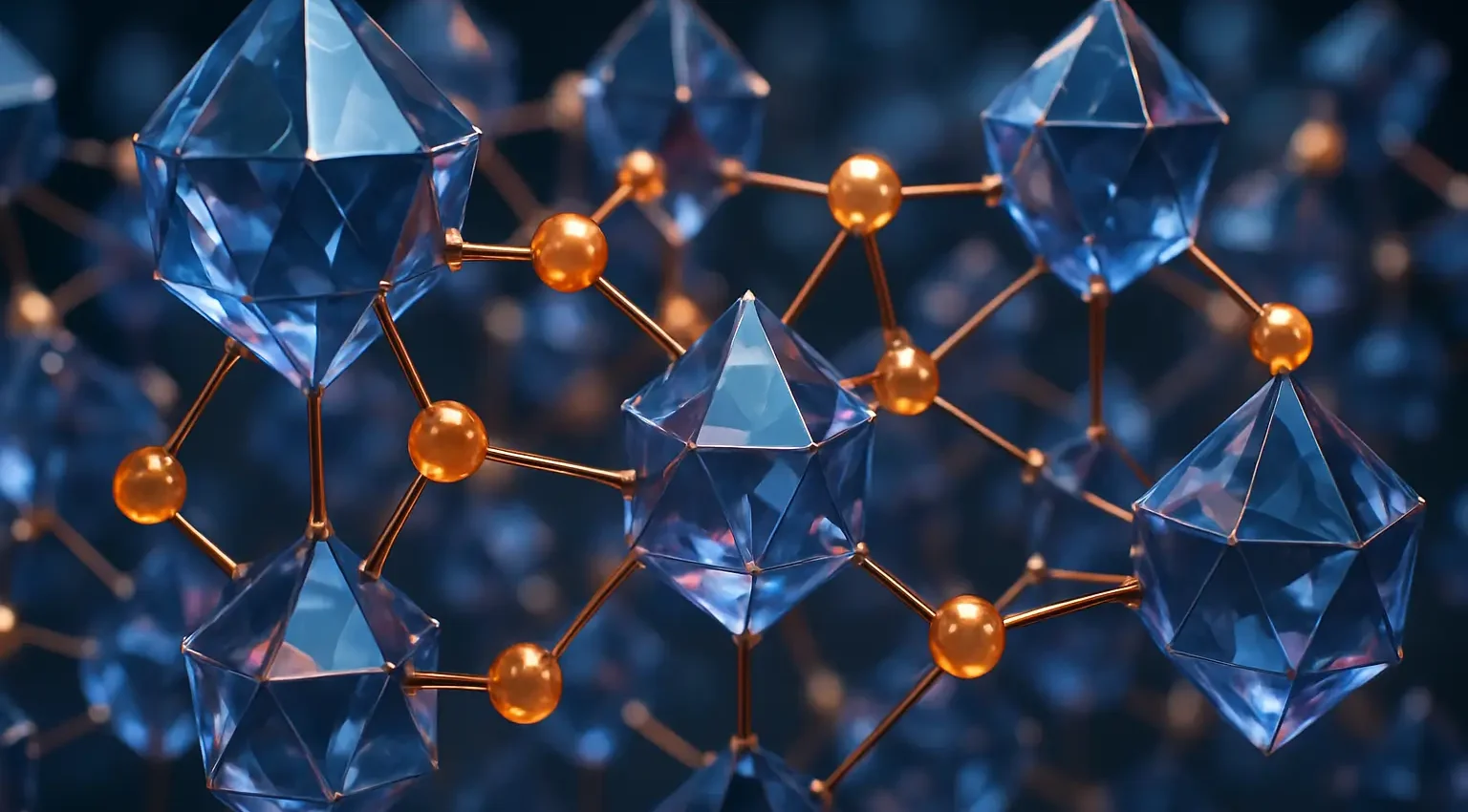- Crystalline structures of complexes refer to the ordered, repeating arrangements of atoms, ions, or molecules within a complex.
- These structures are influenced by the central atom or ion, the ligands, and the nature of the bonding between them.
- Understanding these structures is crucial for applications in drug design, catalysis, and material science. Below are the key aspects that define these structures:
1. Coordination Geometry:
- The arrangement of ligands around the central atom or ion defines the coordination geometry. This geometry can take various forms, such as:
- Linear
- Square planar
- Tetrahedral
- Octahedral
2. Ligand Types in Crystalline Structures of Complexes:
- The type and number of ligands (e.g., monodentate, bidentate, or polydentate) influence the overall structure and stability of the complex.
3. Bonding Interactions:
- The nature of the bonding interactions (ionic, covalent, or coordinate covalent) affects the structural characteristics and properties of the complex.
Advertisements
4. Crystal Lattice:
- Complexes can form various crystal lattice structures, such as:
-
- Cubic
- Hexagonal
- Orthorhombic
- These lattice structures depend on the coordination geometry, ligands, and bonding interactions.
-
- By studying the crystalline structures of complexes, researchers can gain insights into their properties, stability, and reactivity, which can be leveraged for various applications in chemistry, biology, and materials science.

